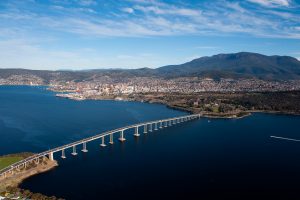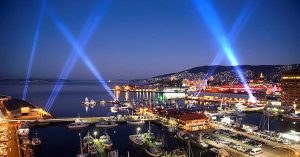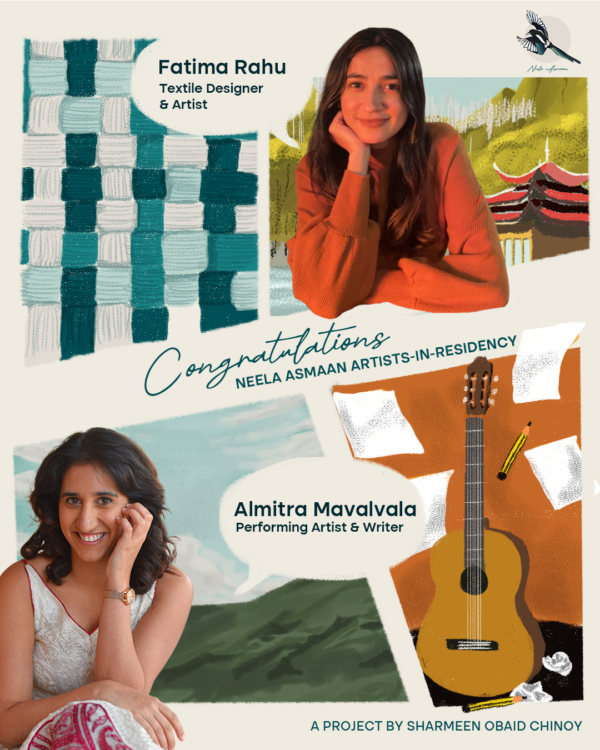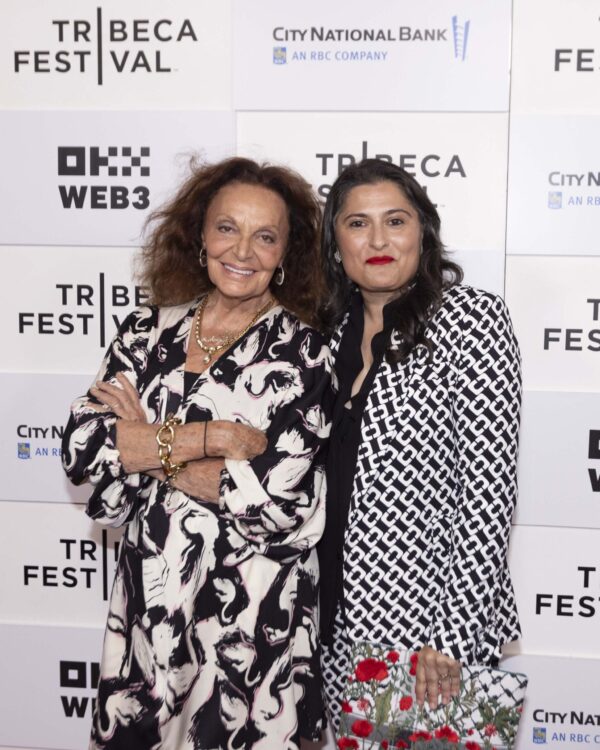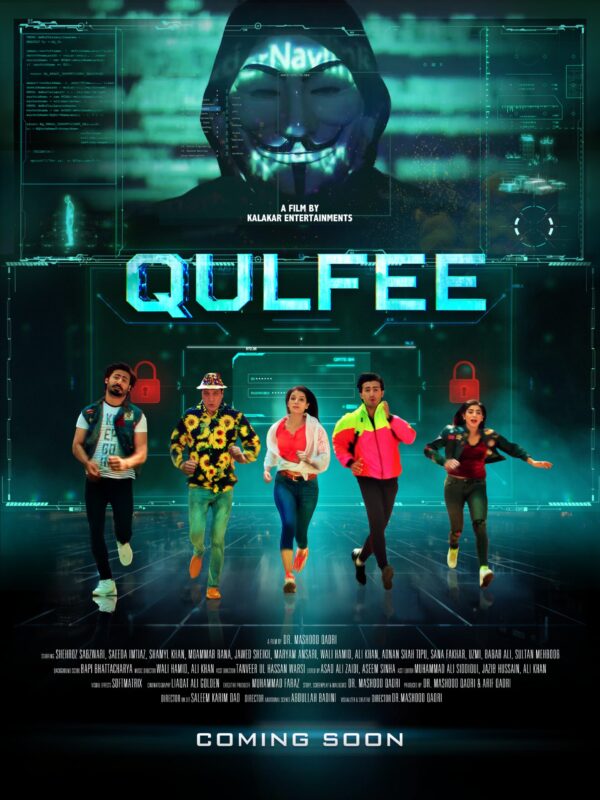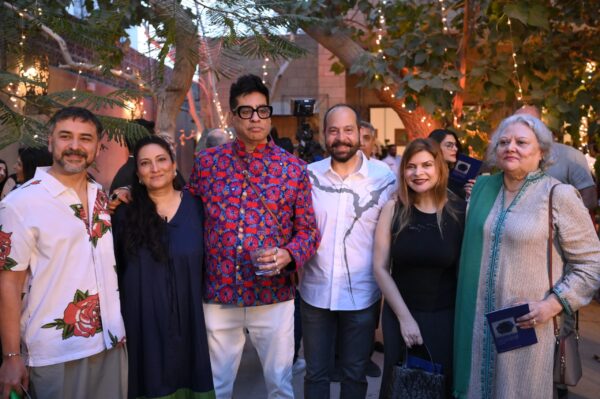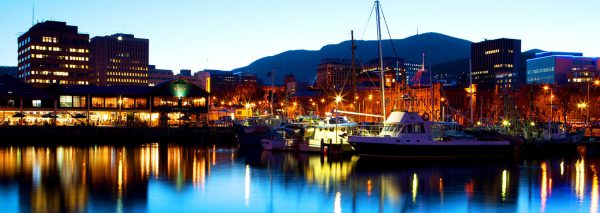
As a kid one of my favourite pastimes was to play with a miniature globe I got from my father on my eighth birthday. The first day I got it I closed my eyes, revolved what was already my most prized possession and placed my index finger on it. I made a promise to myself that I would definitely go to the place spotted on the globe by my finger. As luck would have it, I had spotted this tiny speck-like island below Australia – Tasmania.
I asked my father and others about the island but not many knew much about it. Years passed and as a sports journalist I travelled to places far and away to cover different events like a cricket series, a squash event, a hockey tournament or the Olympics. In 2000, I went to Australia to cover the Sydney Games and took another trip Down Under three years later for a hockey double-header in Sydney and Perth. On both occasions, the thought of fulfilling the promise I’d made to myself long ago crossed my mind. But I couldn’t make a trip to Tasmania – an island which is around a 75-minute flight away from Sydney.
A few years back, I finally got the opportunity I had been looking for. Pakistan’s third and final Test against Australia was to be played at the Bellerive Oval in Hobart – the sleepy capital of Tasmania.
On a warm Sydney afternoon, I took an early evening flight to Hobart and was breathing the fresh Tasmanian air before dusk. It was exhilarating.
It was a busy time of the year in Hobart with an international golfing event going on along with the upcoming Test match. Somebody told us that the participants of the Sydney to Hobart yacht race that was held a few days back were still vacationing in the city along with plenty of their fans.
Even then it was a surprise when finding a decent hotel room became a huge task. Just a few days back when I was planning to get a room booked in Hobart I was advised against it by a local friend in Sydney. “Who goes to Hobart, it’s like a village,” he told me. “You can just walk in any hotel there and get a room, dirt cheap any time of the year,” he had stressed.
It was only after crisscrossing Hobart with a friendly cabbie named David and pleading with a soft-hearted hotel manager that we finally found a decent room at a price higher than most cities in Australia. If it was a village, it was an expensive village.
It was pretty chilly in Hobart, especially considering the fact that I went there in the middle of the summer in the Southern Hemisphere. Most of my days were spent covering the Test which Pakistan lost after the young Mohammad Amir dropped host team captain Ricky Ponting. Playing on his home turf, Ponting scored a match-winning double century to lead Aussies to yet another whitewash against the Pakistanis.
With our team’s performance going from bad to worse on the field, I switched my focus on the things to do in Hobart. It turned out to be a difficult city for a night bird as almost everything closes by 9.00 pm. We ate at an Indian restaurant on our first night and never went there again. It was quite ordinary with fish curry tasting remarkably similar to their daal makhni!
The discovery of The Mures, easily the most crowded eating place in Hobart, was a blessing. The seafood there was divine. The Blue Eye Trevalla, both grilled and fried, was delicious. It was a great place to hang out with the Pakistani players – staying at a hotel right next door – making a beeline for the seafood basket or the sumptuous lobsters.
“The seafood here is awesome,” Umar Gul, the Pakistan fast bowler told me. Gul found the lobster better in Hobart than the $700 dish he had with Imran Farhat at a chic Sydney restaurant almost a week ago.
I’m into a lot of experimentation as far as food is concerned but decided against it once I had found The Mures. I’m sure most of our players did the same. It was either Mures or Nandos – one of the few places in Hobart offering halal food. And I would prefer fish over chicken, anytime.
I stole some time whenever I could to take a walk in the city that is one of the oldest in Australia. There was always this eerie feeling as I walked around the city that was established by the convicts, who it is alleged, killed all the native aborigines in Tasmania.
In my various walks down the city centre, I gathered some facts and figures about Tasmanian history. I learnt that on his voyage of 1642 Dutch seafarer Able Tasman was the first European explorer to sight Tasmania, hence the name. The island was later visited by several other captains including the famous Captain Cook who landed on Bruny island, and the French explorer La Perouse at Great Oyster Bay.
Hobart is nestled in the island’s south-east on the estuary of the Derwent River. The skyline is dominated by Mount Wellington, which by our high standards, when it comes to mountains, is a little more than a hill. But what a hill! It is accessible by passing through Fern Tree and at 1,271 metres, the mountain has its own ecosystems, is rich in biodiversity and plays a large part in determining the local weather. A bus ride to the top of the mountain is highly recommended.
Another great place for nature-lovers is the Royal Tasmanian Botanical Gardens, located at a short distance from central Hobart. It is the second-oldest Botanic Gardens in Australia and holds a huge plant collection.
Then there is the stunning Tasman Bridge, which I used to cross twice daily to go to the Bellerive Oval. David told us about the Tasman bridge disaster that occurred on January 5 1975 when a bulk ore carrier collided with several pylons of the bridge causing a large section of the bridge to collapse onto the ship and into the river below. Twelve people were killed in the tragedy, including five occupants of four cars which fell in the river.
Hobart’s night life is a far cry from Sydney, Melbourne or even the far-flung Perth. It revolves around Salamanca Place, the waterfront area and Elizabeth St in North Hobart. Personally, I felt great spending a couple of evenings at the waterfront with seagulls flying all over the place.
After a week’s stay in Hobart, we flew back to Sydney in the evening and the brief journey would perhaps be etched on my mind forever. As we passed over the green island, basking in the January sun, everything above it was bathed in hues of gold. I had finally fulfilled a childhood promise.

